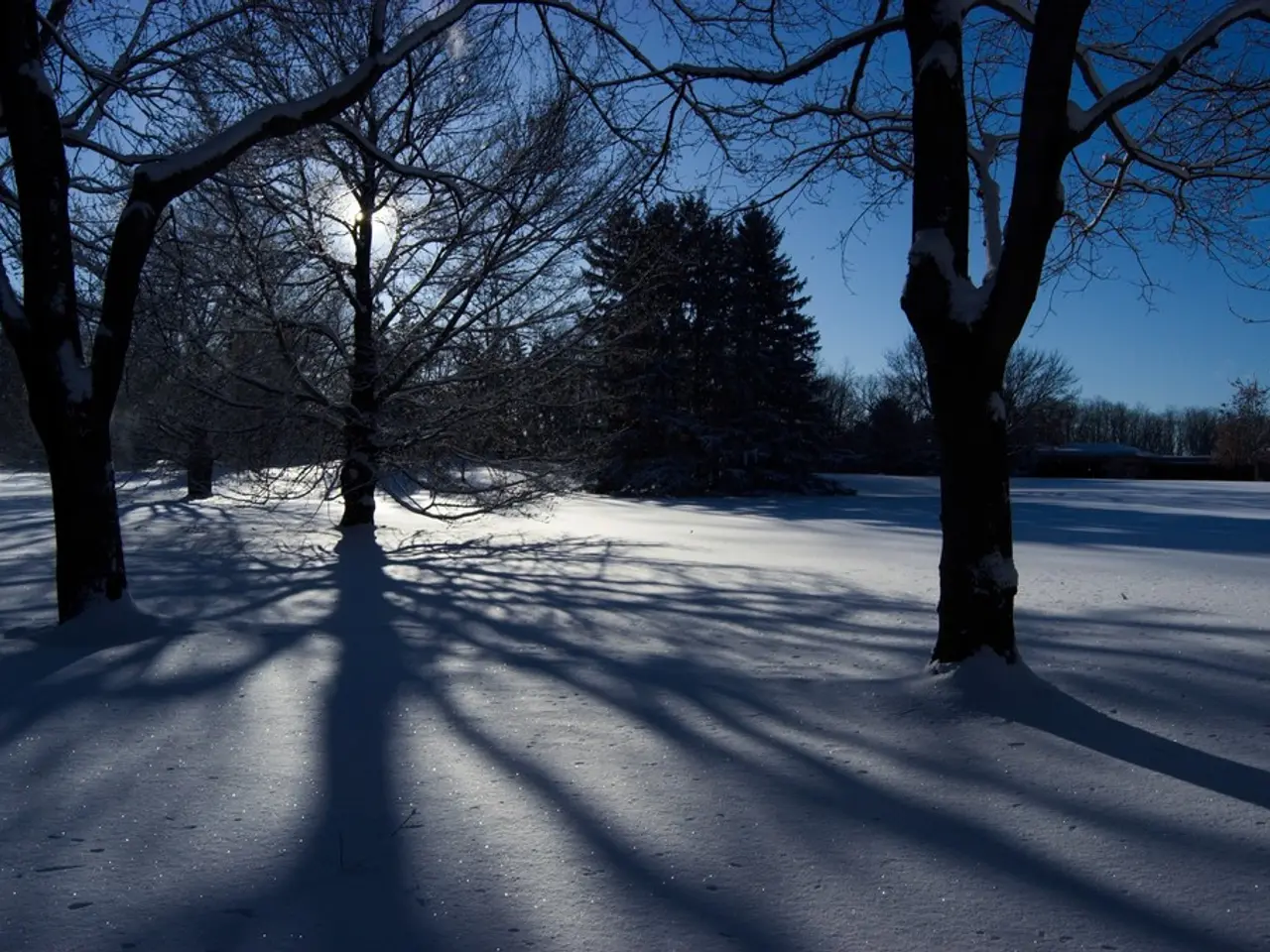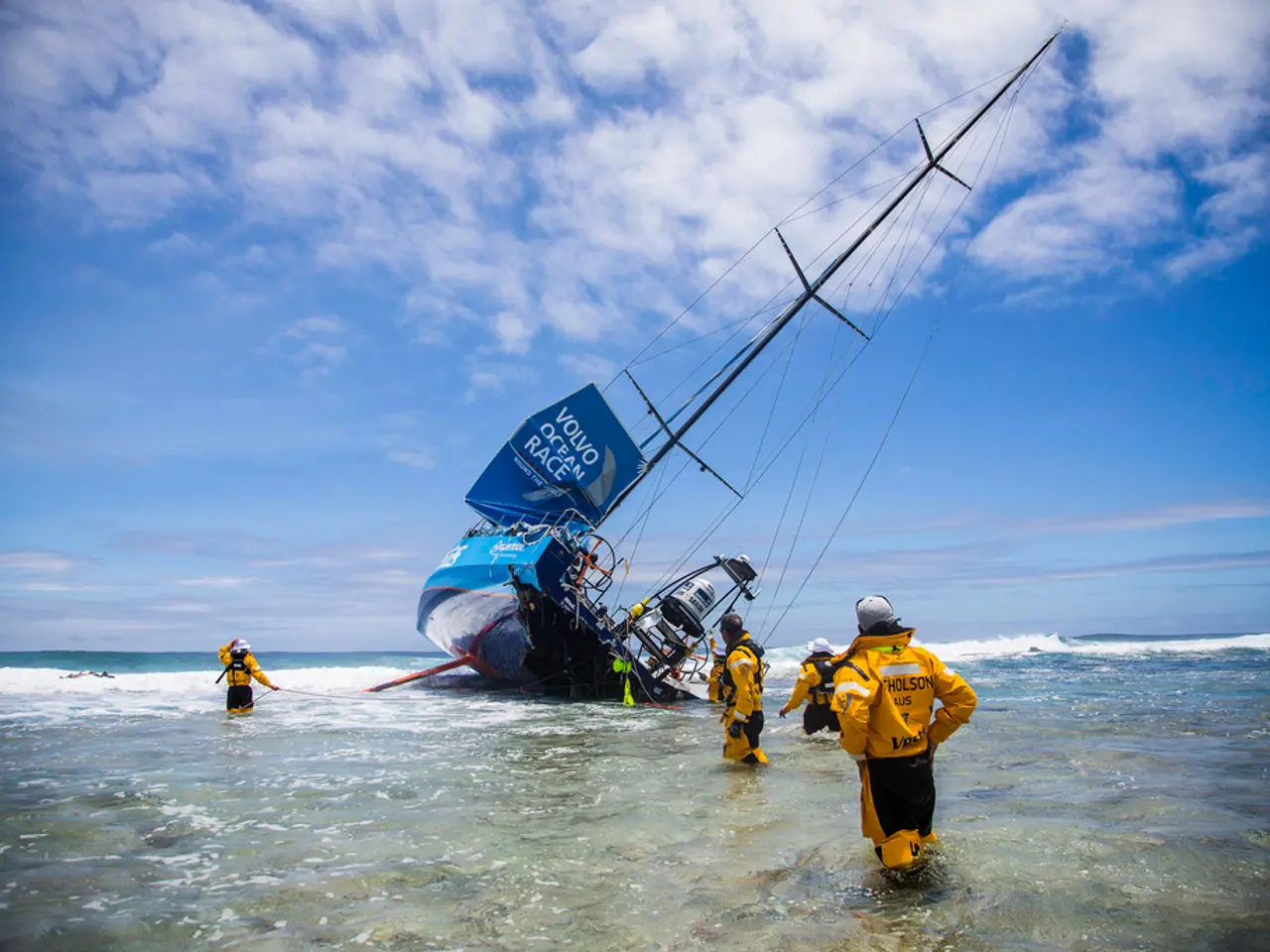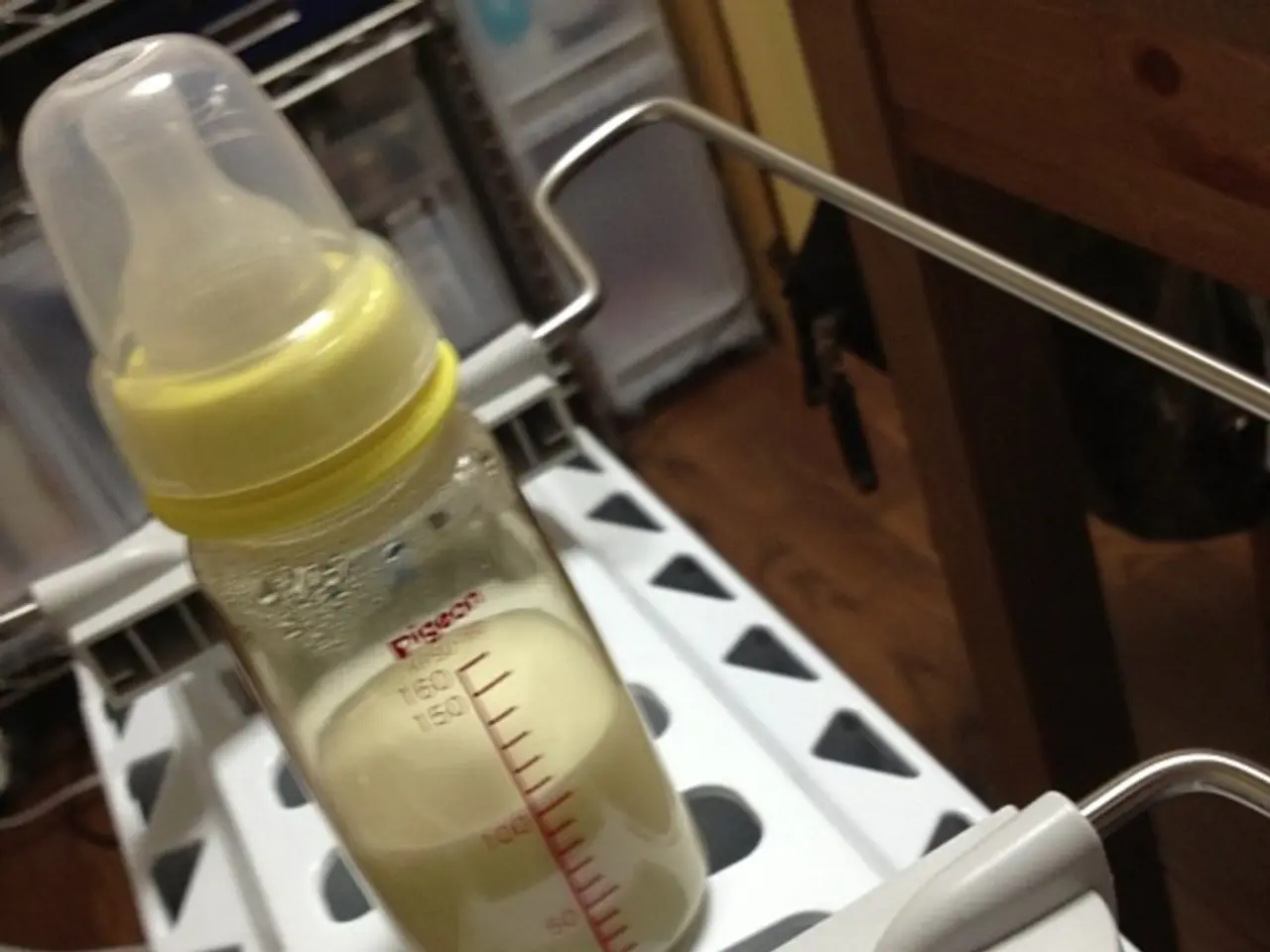Melting of glaciers occurs earlier than usual this year
In the Swiss Alps, detailed measurements of snow and ice are taken each spring and autumn at around 20 of the approximately 1400 glaciers. Despite the larger snow amounts, the glaciers lost more than they gained during the winter of 2024, highlighting the ongoing impact of climate change.
Over the past two decades, the Alpine glaciers of Switzerland have experienced significant snow and ice loss. Between 2000 and 2024, these glaciers lost about 38% of their ice mass. Winters have occasionally brought strong snowfall, as in 2024, but warm summers and factors like Saharan dust deposits have caused rapid melting, offsetting winter gains and leading to net annual losses.
Glacier Loss Day (GLD), the earliest point in a year when all the snow and ice accumulated over the previous winter have melted, is a key indicator of glacier health. Historically in this century, GLD occurred around mid-August. However, in 2025, it arrived very early, around July 4, which is the second-earliest on record and signals a worsening trend. This means from this day forward, the glacier mass only decreases. Such early melting was only recorded once before, in 2022 on June 26.
Andreas Bauder, a glacier researcher at ETH Zurich, reported this early melt. He compares a glacier to a viscous mass of honey on a slanted surface, implying that it flows down. He states that even a cold August with snowfall at high altitudes can hardly make a difference. If the snow supply is lacking at the top, too little flows down, causing the glacier tongue at the bottom to retreat.
The melting of snow and ice cover had begun by late May and continued rapidly through June into July. The volume of glaciers in Switzerland has practically halved from 92.3 to 46.5 cubic kilometers last year. There has been no glacier growth in Switzerland for over 20 years.
Further measurements are taken at 10 to 15 of these glaciers over the summer. Summer snow is not as dense as winter snow and melts quickly, according to Bauder. He also suggests that the early glacier melt day is likely to be similar throughout the Alps.
In some regions in the northeast of Switzerland, snow levels at the end of winter were historically low. The Aletsch and Gorner glaciers, among the largest Swiss glaciers, have also been affected by this trend. Bauder notes that a lack of snow in the winter has resulted in rapid glacier melt.
This early glacier melt day emphasizes the glaciers' ongoing retreat and vulnerability. As climate change continues to drive faster melting patterns, it is crucial to monitor and understand these changes to develop effective strategies for adaptation and conservation.
The community might consider implementing policies focused on environmental science, specifically climate change and health-and-wellness, in response to the ongoing retreat of the Alpine glaciers in Switzerland. This could potentially include establishing employment policies aimed at supporting research and conservation efforts within this field.
Given the significant loss of snow and ice over the past two decades, it's vital to integrate science-based strategies into the employment policy of relevant sectors, such as health, wellness, and environmental conservation, to combat the effects of climate change on the Alpine glaciers.




